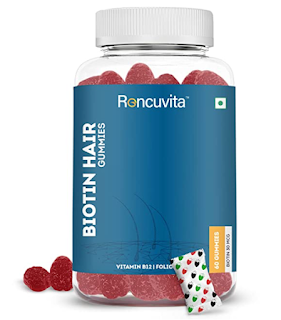What is a Whetstone Stone Grit?
What is a Whetstone Stone Grit?
Honing stone coarseness is the number that characterizes the coarseness/size of the grating particles that are bound together to shape a honing stone. It is printed normally on the new honing whetstone holder. The coarseness number is conversely identified with the grain size. Coarseness number alludes to the cross section size of the screen that is utilized to isolate diverse measured rough particles. The more modest the number, the bigger the rough particles, and the quicker and all the more forcefully the stone cuts.
Sharpening a lot
It's not unexpected to mistake sharpening for honing. While the two of them help to keep a knife's sharp edge, they each make some particular memories and spot in cutlery upkeep.
The overall thought is that you sharpen your knife with a whetstone sharpening tool steel when the edge is dull, and hone it with a honing stone when the edge is harmed.
Metal is intrinsically moldable. When confronted with persistent slashing and cutting, a knife's slim edge amasses so numerous minuscule marks it can without much of a stretch get offended. So regardless of whether a cutting edge is still sharp, it will in general feel dull.
On the other hand, the greater the number, the better the rough particles, and the better the surface quality. On man-made whetstone, molecule sizes are totally steady though characteristic stones don't have natural coarseness numbers.
The granulating stone is coarse, 120-600 coarseness for quick fixing dull or chipped edge or re-forming the edge incline point, coarser the stone, the speedier the cycle. You can likewise shape some milder bladed instruments with a fine factory record, e.g., tomahawks, and axes. Honing whetstone, 1000-3000 coarseness, is for introductory honing. This is an extraordinary honing stone for the cash. Third stone is the sharpening stone, accessible from 4000 to 25000 coarseness, for definite cleaning and refinement of the edge. The better the coarseness, the smoother and more cleaned/completed surface it does, and the more keen edge are conceivable.
An appropriate honing coarseness movement is fundamental. Try not to get whestones with a too enormous hole between the corn meal, wide hole will back your honing cycle off. With harder prepares, you need to utilize more modest holes. Milder, carbon prepares can be honed with more critical holes between corn meal.
The more whetstone corn meal you have, the more slow your honing stones wear out and longer they stay level. It is reasonable to hone as little as conceivable on each continuous coarseness. Keep in mind, the compliment the stone, the better and more keen edge is conceivable!
Best coarseness for honing razors
When honing razors, you need to go as high coarseness as could really be expected. Some utilization even 30000 coarseness whetstones, similar to this, when completing razor's edge. A more reasonable and less expensive option is to utilize a calfskin strap with a sharpening compound.
Best coarseness for honing scissors and shears
Scissors and shears. For family scissors, very coarse 240 coarseness is sufficient, whetstone , texture cutting shears ought to be cleaned with as high as 6000 coarseness for best execution.
Best coarseness for honing tomahawks and axes
Tomahawks and axes, max 600 coarseness for felling, parting, and other universally handy tomahawks. Hatchet honing puck is helpful for in-situ honing needs. Carvers sharpen their cutting tomahawks, adzes, and axes to an exceptionally high sparkle for best surface quality. For cutting purposes, whetstone sharpen your hatchet to max 6000 coarseness.




Comments
Post a Comment